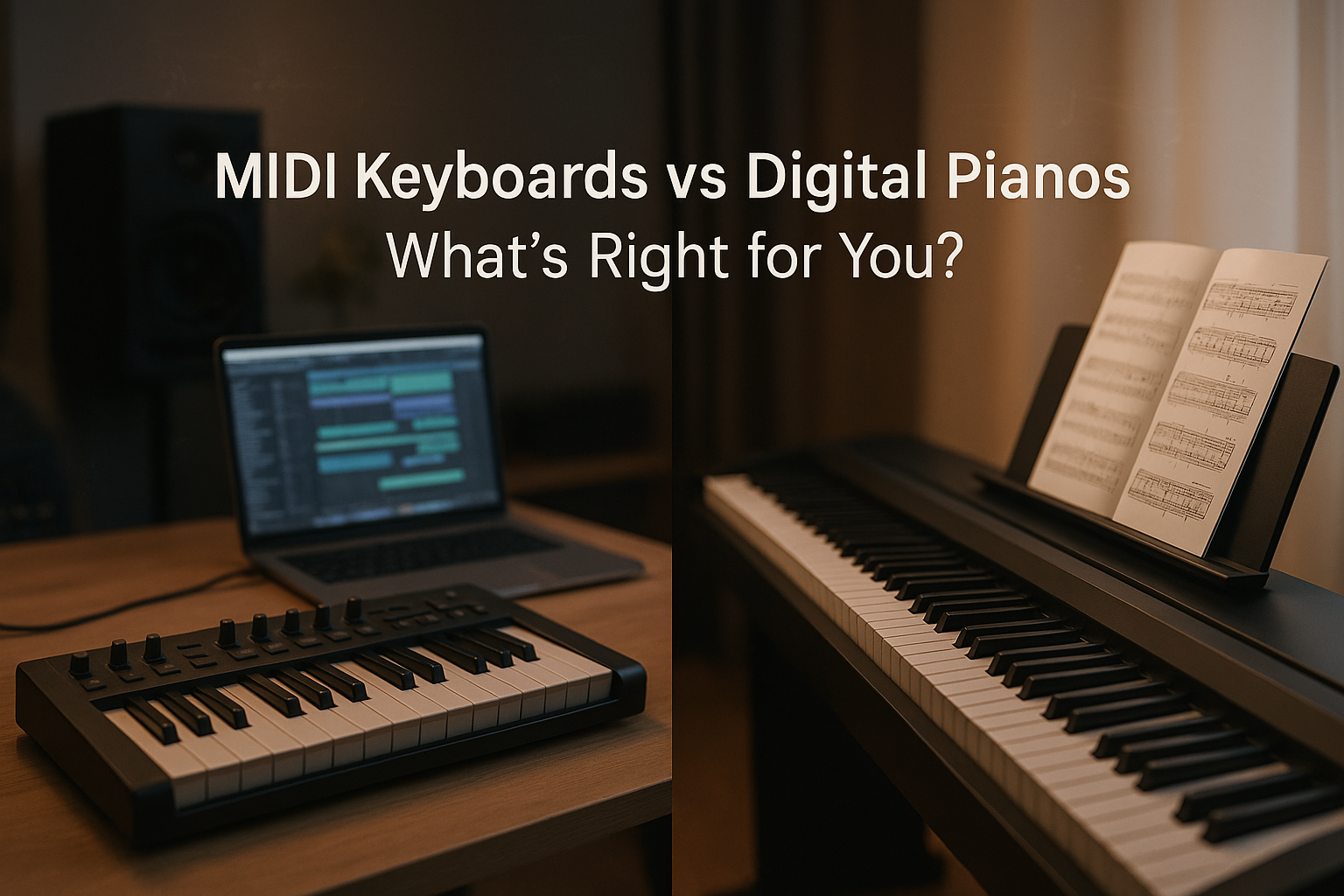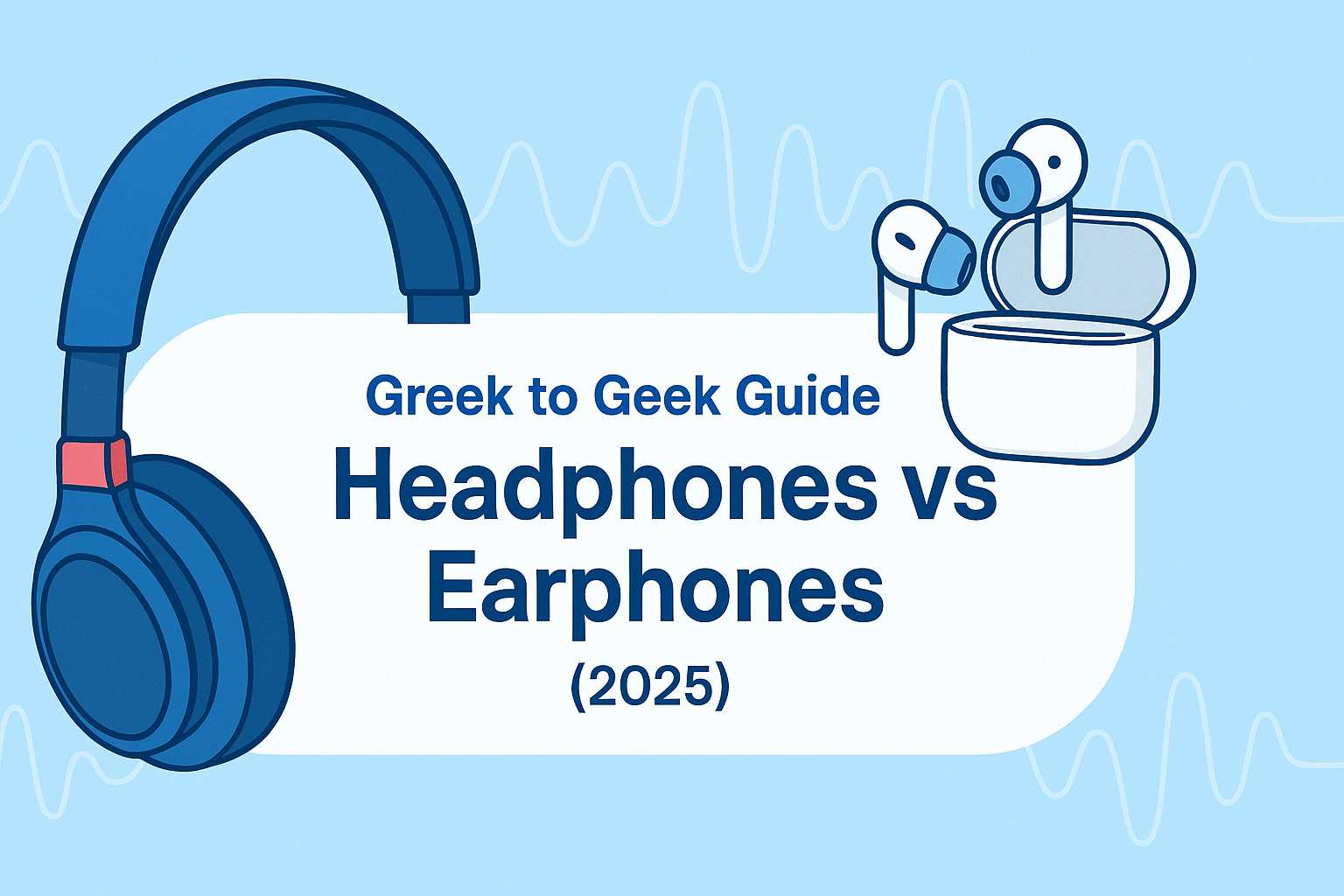When you are a musician or a producer, it is necessary to have an audio interface. An audio interface is a device that helps you connect and use various types of sound sources, such as microphones and musical instruments. It allows you to record your audio recordings into your computer and mix them with other sounds. This way, it enables you to create high-quality music projects that can be played on different platforms such as iPods, CD players or Mobile devices. By using an audio interface for recording purposes, you can concentrate more on creating the best possible music tracks without worrying about coordinating with other people.
What is an audio interface?
An audio interface is a hardware device that allows you to record and playback audio signals. An audio interface can be connected to a computer, mixer, console or guitar. They are used in home studios as well as in professional studios and live performances.
The primary purpose of an audio interface is to convert analog signals into digital ones so they can be processed by computers and other digital devices. Whenever you hear music on the radio or television, it’s most likely being played through an analog source such as microphones or guitars. Most modern recording equipment uses digital technology which means that all sound sources must be converted into digital format before they can be recorded using software programs.
Why is an audio interface necessary?
An audio interface is intended to serve as a bridge between your computer and the wide range of audio equipment that you may wish to connect. They are typically used by musicians, producers and recording engineers who need to record and process their output on a computer system.
What does an audio interface do?
An audio interface is a piece of hardware that enables you to record, monitor and play back audio. It's essentially a box that connects between your computer and your microphone or instrument input, allowing you to use all sorts of outboard effects and processing gear with your system via USB, FireWire or Thunderbolt connection.
Audio interfaces provide two main functions:
- A digital-to-analog converter (DAC) converts analog audio signals into digital signals so they can be processed by the computer's CPU
- An analog-to-digital converter (ADC) converts the processed signal back into an analog format as it's sent to an output device
How to connect an audio interface to a guitar, monitor speakers, mixer, consoles or PC?
In this section, you will learn how to connect an audio interface to a guitar, monitor speakers, mixer, consoles or PC.
How To Connect An Audio Interface To A PC?
The audio interface connects to the PC via USB, FireWire or Thunderbolt.
There are many different types of connections that you can use to send audio from your audio interface to the computer. The most common are USB, FireWire, Thunderbolt and Ethernet. USB is the most widely used connection type, so if you're looking for a budget-friendly interface with solid performance and features then this is probably your best bet. However if you've got some cash to spare then consider one that uses FireWire or Thunderbolt because they have faster transfer rates than USB but this also means they're more expensive.
How To Connect An Audio Interface To Monitor Speakers?
To connect an audio interface to monitor speakers, you will need a 1/4" cable. The 1/4" end of the cable should be connected to your audio interface and the other end of the cable should be inserted into your monitor speakers.
How To Connect An Audio Interface To A Mixer Console?
You’re probably wondering how to connect a mixer console to an audio interface. It’s actually easy! Just connect the output of your mixer console to the input of the audio interface. This will allow you to record just like a professional sound engineer would do, and it will also ensure that you get high-quality recordings with minimal hassle.
Key features to look for
When you're shopping for an audio interface, here's what you should look for:
Number of inputs and outputs
The number of channels (inputs/outputs) you need largely depends on the type of recordings you're going to be making. If all three members of your band are going to record their parts at once on separate tracks, then an interface with 6-8 inputs will work; if each member wants their own separate track and mic input though, then an 8-channel model is probably the way to go.
Audio quality
A good quality recording starts with a good quality audio interface—but there's more than one way to ensure this! Look for balanced TRS connectors with gold-plated contacts as well as ¼" TS connectors that have been reinforced against electromagnetic interference; these features will ensure that your signal remains clear even when running long distances from studio equipment through power cables and other devices. Also look out for sample rates up to 192 kHz (although 48 kHz is fine if it suits your needs) since those allow higher resolution recordings in both mono and stereo modes (128kHz). Finally pay close attention to the preamps: do they have high-end components.
Best Audio interfaces to buy in 2022
You might be wondering, why should I buy an audio interface? Well, the answer is simple: it's the easiest way to connect your analog instruments to your computer so that you can record directly onto it. It can also be used to convert digital signals into analog signals and vice versa.
Audio interfaces are used to connect various devices through a single cable. They're great for musicians who have multiple instruments such as guitars or drum machines that need different kinds of connections in order for them all to work together properly (for example, some may require USB while others use XLR).
Audio interfaces also help musicians save time by simplifying their recording workflow; eliminating the need for cables between multiple pieces of equipment means that everything is within reach at once!
Below listed are a few Audio Interfaces that you can buy in 2022
Conclusion
The best audio interface must have balanced inputs and outputs, as well as a low-latency preamplifier. It's important to choose the right one depending on your needs. A good way to start is by identifying which features are most critical for you and then narrowing down your options based on those criteria alone - whether it's price or size or something else entirely.




Share:
Studio Monitors - How to Choose the Right One
Hands-on Review: Yamaha MG06X and MG16XU Mixers